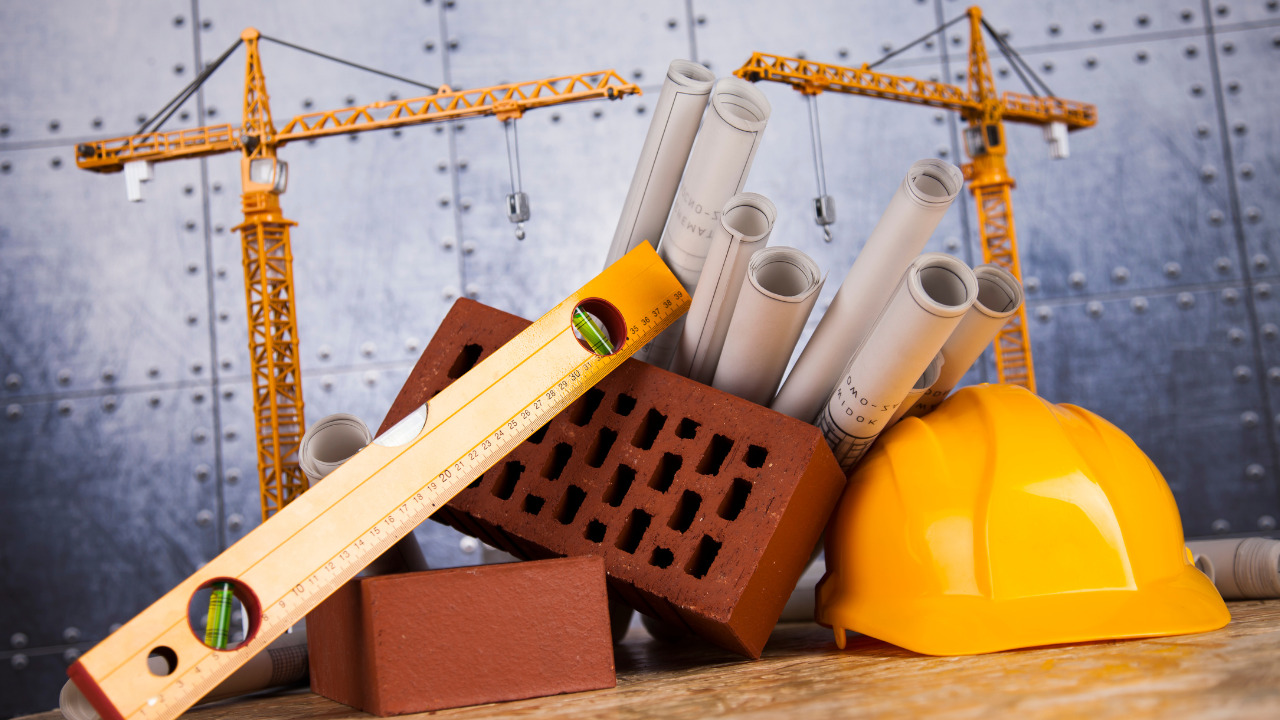A significant shift is taking place in the construction equipment sector, propelled by progress in material science. The introduction and incorporation of innovative materials have brought about a revolution in how construction machinery is designed, produced, and utilized.
This article explores the world of advanced materials in the manufacturing of construction equipment, emphasizing the importance of lightweight and robust solutions to enhance machine performance, fuel efficiency, and eco-friendliness.
Table of Contents
The Demand for Innovative Materials
Historically, construction equipment was constructed with traditional materials like steel and iron due to their resilience and robustness. Nonetheless, these materials often come with downsides, such as excessive weight that affects equipment movement and fuel economy.
As the industry adapts to the requirements of contemporary construction techniques, it has become crucial to find materials that achieve a balance between strength and weight.
Aluminum and Composite Alloys
One primary area of innovation involves incorporating lightweight materials like aluminum and sophisticated composite alloys into construction equipment production.
Aluminum alloys provide a remarkable strength-to-weight relationship, making them perfect for components needing reduced mass without sacrificing structural solidity. This lightweight characteristic results in better equipment mobility, decreased fuel use, and simplified transportation to work sites.
In contrast, composite materials merge various elements to construct structures with extraordinary mechanical characteristics. For example, carbon fiber-reinforced composites boast remarkable tensile strength, rigidity, and resistance to corrosion.
These properties permit the creation of lighter yet extremely durable components capable of withstanding the challenges of construction tasks. Furthermore, composite materials offer design versatility, allowing manufacturers to produce intricate shapes and enhance structural effectiveness.
High-Performance Steels and Coatings
While lightweight materials are essential, durability remains a critical factor in construction equipment. High-performance steels and advanced coatings are playing a pivotal role in extending the lifespan of machinery exposed to harsh conditions.
High-strength, low-alloy (HSLA) steels are designed to offer enhanced tensile strength and impact resistance while maintaining a reasonable weight. These steels are often used in critical structural components of equipment, ensuring longevity and safety on job sites.
Advanced coatings, such as ceramic and nano-coatings, provide a protective layer against wear, corrosion, and abrasion. These coatings are applied to vulnerable parts like buckets, blades, and hydraulic cylinders, safeguarding them against the abrasive nature of construction materials. By reducing wear and tear, these coatings contribute to reduced maintenance requirements and longer equipment life cycles.
Challenges and Considerations
The potential of incorporating advanced materials in construction equipment presents great promise, yet several challenges must be tackled.
These include addressing the cost implications, as the use of advanced materials can lead to increased manufacturing expenses and impact the initial buying price of the equipment. Manufacturers must find a balance between material costs, performance enhancements, and total affordability.
Furthermore, it is crucial to ensure the compatibility of new materials with existing equipment designs, components, systems, and manufacturing processes for seamless integration.
Meeting certification and safety standards is essential, as equipment made with advanced materials should comply with strict regulations to guarantee user safety. Lastly, the limited availability and specialized production requirements of certain advanced materials could have an effect on production timelines.
Environmental Impact and Sustainability
The utilization of advanced materials can significantly contribute to the sustainability goals of the industry. By incorporating lightweight construction equipment, fuel consumption can be reduced, leading to decreased greenhouse gas emissions and operational costs.
Additionally, these advanced materials often contain recycled content or are recyclable themselves, encouraging a circular approach to resource management. Furthermore, the durability of these materials allows for extended equipment life, minimizing waste by reducing the need for frequent replacements. A reputable construction equipment supplier will have all the up-to-date construction equipment with the newest innovations.
Advanced materials are reshaping the construction equipment landscape, driving innovation, and paving the way for more efficient, durable, and sustainable machinery. The integration of lightweight materials like aluminum and composite alloys, coupled with high-performance steels and coatings, is redefining the capabilities of construction equipment.
As the industry continues to evolve, finding the right balance between lightweight design, durability, cost-effectiveness, and environmental impact will be crucial. The use of advanced materials is not only transforming construction equipment but also contributing to a more resilient and sustainable construction sector.





